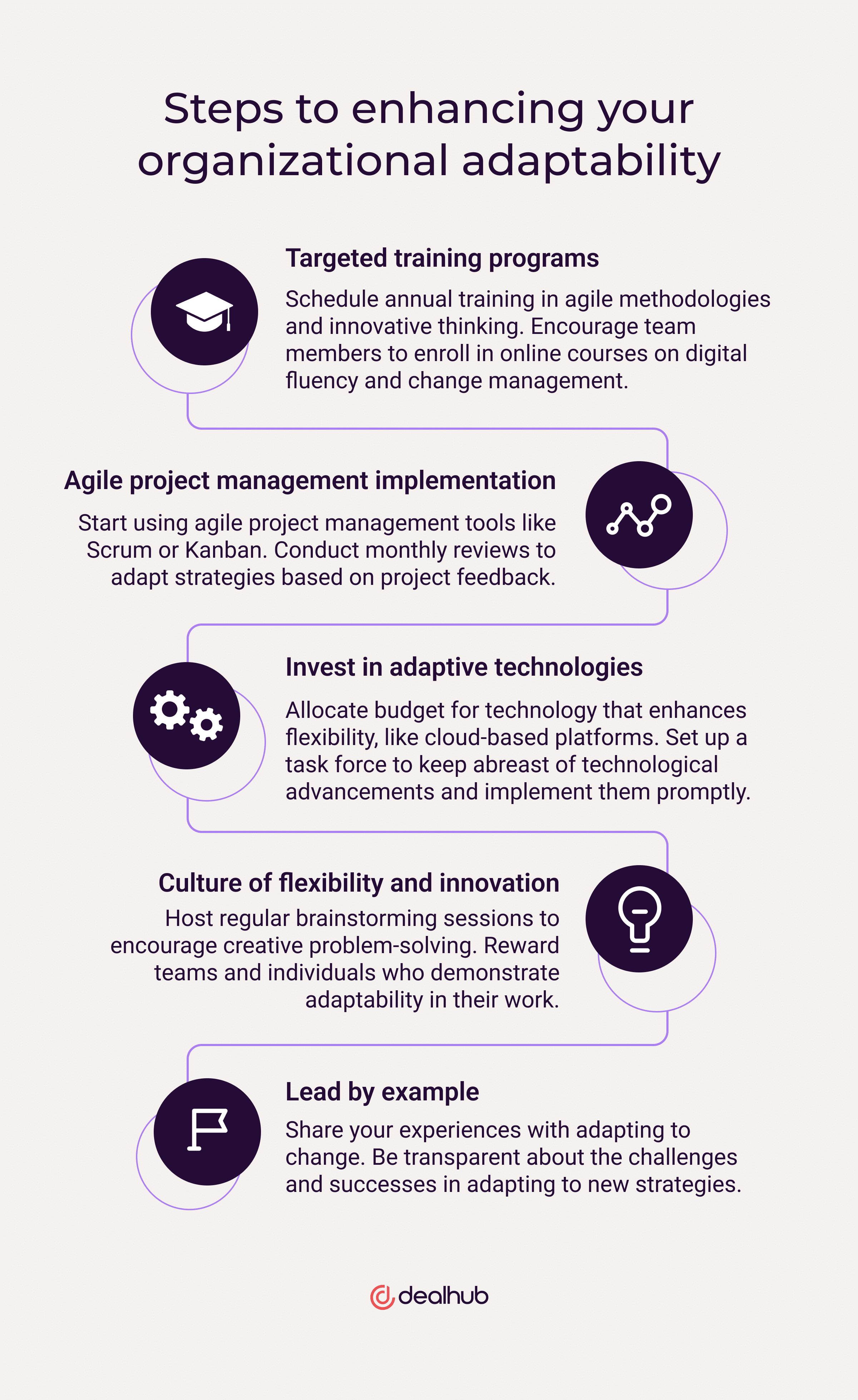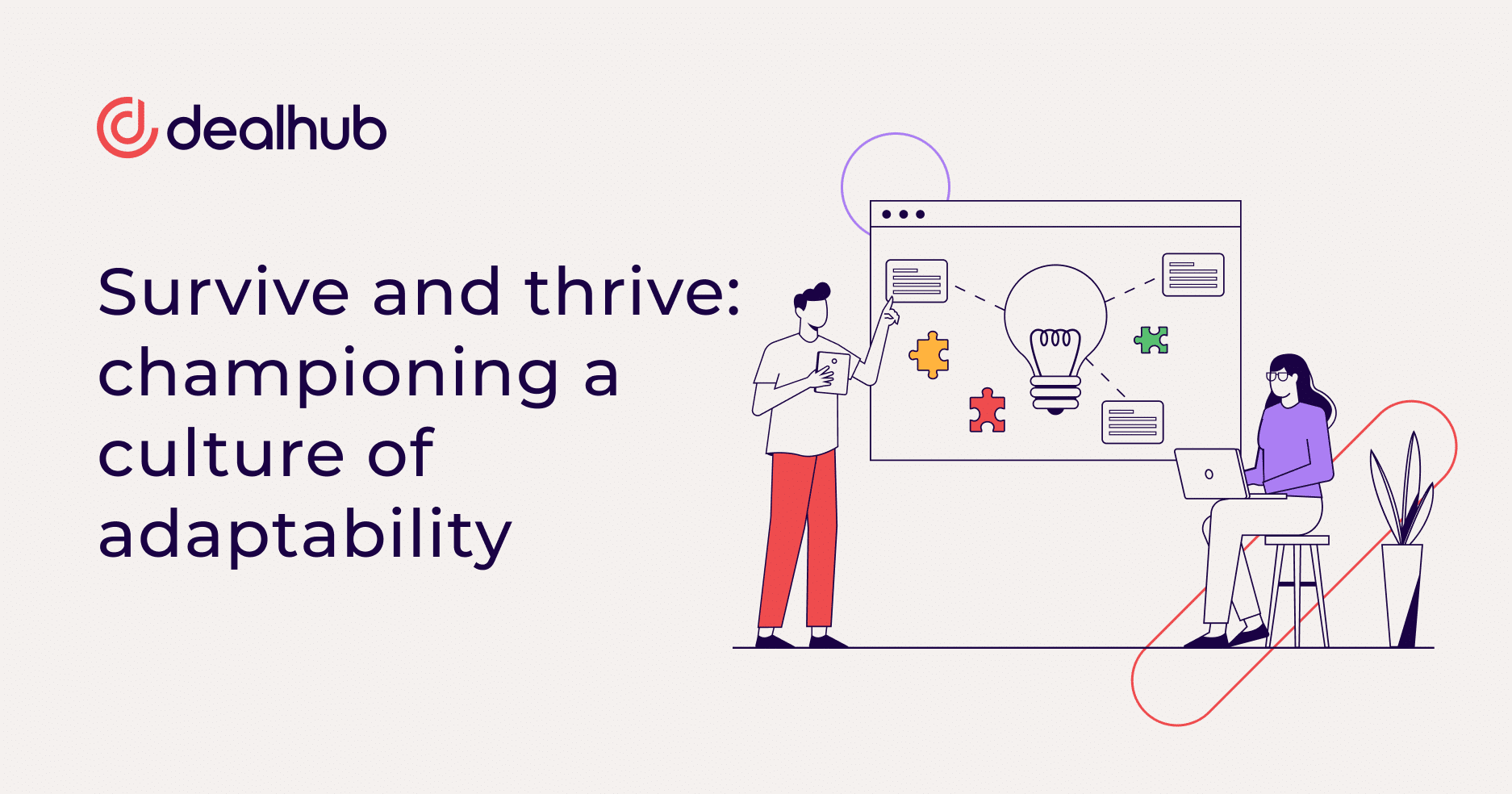Market volatility demands adaptability
Industries and markets are continuously evolving, driven by various factors such as economic shifts, changes in consumer behavior, and global events. This state of flux affects all sectors of the economy, necessitating agility and foresight from corporate leaders. Companies must remain vigilant and ready to adapt to these constantly shifting conditions. Those that do find themselves not just surviving but prospering.
Recent years have presented clear examples of how sudden disruptions can reshape entire industries. For instance, the rise of digital platforms has revolutionized the retail and service sectors, forcing traditional brick-and-mortar businesses to rethink their strategies. Similarly, artificial intelligence and automation advancements are rapidly transforming manufacturing and service industries, dictating a new paradigm in operational efficiency and customer interaction. These disruptions demonstrate how adaptability is beneficial and essential for businesses to remain relevant and competitive.
Technological advancements are among the primary drivers of market volatility. The rapid development and adoption of new technologies have significantly altered market dynamics, creating new business models and disrupting existing ones. This technological revolution has accelerated the pace of change, reducing the lifespan of traditional business strategies. It has expanded market boundaries, introduced new competitors, and changed how customers interact with businesses. In this technology-driven environment, adaptability becomes a key factor in leveraging these advancements, turning potential threats into opportunities for innovation and growth.
Adaptability for the win
Adaptability in modern organizations is the capacity to be flexible and responsive to change, both in anticipating and reacting to it. It’s about an organization’s ability to alter its course of action to meet new challenges and seize opportunities as they arise. This trait is increasingly recognized as not just a way to cope with change but as a strategic advantage that can be harnessed. In a landscape defined by rapid technological change, economic fluctuations, and shifting consumer preferences, adaptability is akin to a survival skill, crucial for businesses that aspire to not just endure but flourish.
Take, for example, Netflix. Initially a DVD rental service, Netflix adapted by transitioning to streaming, fundamentally altering the media and entertainment landscape. This pivot was not just a reaction to a changing market but an anticipatory move that set the stage for future growth and industry leadership. Another example is Microsoft, which shifted its focus from solely software to cloud computing and AI, demonstrating adaptability in response to evolving market demands and technological advancements. These cases illustrate that adaptability can lead to transformational success when businesses are willing to reassess and reinvent themselves in the face of change.
How C-suite leaders foster adaptability
C-suite leaders need to steer the charge in driving adaptability as a corporate value and create an environment where this adaptability is part of the organizational fabric. This involves cultivating a culture that values agility, resilience, and an openness to new ideas. Leaders championing adaptability set a vision that accommodates change, encouraging innovation, and maintains flexibility in strategic planning.
Proactive and forward-thinking leadership requires anticipating market trends, understanding the implications of technological advancements, and preparing organizations to adapt accordingly. Jeff Bezos of Amazon exemplifies this approach. His leadership philosophy of staying “Day 1” focused — a metaphor for obsessing over the customer and maintaining a startup mindset — has kept Amazon at the forefront of innovation and market adaptation. Indra Nooyi, former CEO of PepsiCo, also demonstrated adaptability by repositioning PepsiCo’s portfolio toward healthier options, aligning the company with emerging health-conscious market trends.
These examples underscore that adaptability is not just about organizational practices but also about leadership mindset. Leaders who embrace adaptability are those who understand the dynamism of the current business environment and are committed to continually evolving their strategies to meet these new challenges.
Building a culture of adaptability
Organizational culture’s role in fostering adaptability cannot be overstated. A culture that values and encourages adaptability empowers employees to respond effectively to changes, leading to greater resilience and agility in business operations. Creating such a culture involves nurturing an environment where flexibility, innovation, and open-mindedness are integral values. It starts from the top, with leadership exemplifying adaptability in decision-making and problem-solving. Google is a prime example, known for its culture that promotes creativity and adaptability. This culture has allowed them to expand from a search engine to a multifaceted tech giant offering diverse products and services.
Strategies for creating a flexible and responsive corporate culture include promoting a learning mindset, where continuous development and embracing new ideas are encouraged. Encouraging cross-departmental collaboration and breaking down silos enhances the flow of information and ideas, fostering a more adaptable organizational structure. Implementing flexible work policies can also contribute, as it demonstrates trust in employees and an understanding of the need for work-life balance, which can lead to increased motivation and innovation.
Communication and collaboration also play significant roles in promoting adaptability. Open and transparent communication ensures that all members of the organization are aware of changes and understand the reasons behind them. This clarity can reduce resistance to change and foster a more cooperative approach to adapting. Regular collaboration within and across teams allows for an expansive range of ideas and perspectives, leading to more innovative solutions to challenges.
Harnessing adaptability as a competitive edge
Adaptability contributes to competitive advantage by enabling businesses to quickly respond to market changes, customer needs, and emerging trends. Companies that can pivot swiftly have the upper hand in capitalizing on new opportunities and avoiding potential pitfalls. Adaptability also fosters a culture of continuous improvement, where processes and products are constantly evaluated and refined.
Identifying opportunities for innovation and growth through adaptability often involves staying attuned to market trends and customer feedback. This proactive approach can lead to developing new products or services and improving existing ones, keeping the company ahead of its competitors.
Quite a few companies have turned adaptability into a competitive edge. An example is Zara, the fashion retailer. Thanks to a highly responsive supply chain, their ability to quickly adapt to fashion trends and customer preferences has made them one of the most successful brands in their industry. Similarly, Apple’s consistent adaptation to consumer needs and technological advancements has kept them at the forefront of the tech industry, illustrating how adaptability can lead to sustained growth and market leadership.
Overcoming challenges to adaptability
Adaptability in business, while crucial, is often met with challenges and resistance. Common obstacles include:
- A deeply ingrained corporate culture resistant to change.
- Fear of the unknown among employees.
- A lack of resources to implement change.
Additionally, legacy systems and processes can act as barriers to adopting new and more agile ways of working.
To overcome these challenges, it’s essential to adopt strategies that promote a mindset of adaptability. This can start with leadership demonstrating a commitment to change. Communicating a clear vision of adaptability helps align the entire organization toward a common goal. Training and development programs can equip employees with the skills and mindset needed to embrace change. Also, creating a safe environment for experimentation and learning from failures encourages innovation and risk-taking.
Real-world examples of companies successfully overcoming adaptability challenges are numerous. IBM’s shift from a hardware-centric business to a focus on cloud computing and AI solutions is a testament to its ability to adapt to market changes. Similarly, Adobe’s transition from a traditional software selling model to a cloud-based subscription service exemplifies overcoming internal and external challenges to adapt and thrive.
Future-proofing through adaptability
Integrating adaptability into the corporate DNA offers significant long-term benefits. It ensures that the company remains relevant in a fast-changing business environment and is prepared for future disruptions. Adaptability leads to continuous improvement in processes, products, and services, fostering innovation and keeping the company ahead of the curve.
Preparing for future disruptions and uncertainties is critical to future-proofing a business. This involves anticipating and reacting to change and being proactive in shaping the company’s future. A concept that encapsulates this proactive approach is enterprise readiness. Enterprise readiness is about building a business that is prepared for the foreseeable future and adaptable to the unforeseen. It involves creating flexible systems and processes that can be rapidly adjusted in response to changing market conditions.
To achieve this, companies need to invest in scalable technologies, foster a culture of agility and resilience, and develop strategies that are adaptable to various scenarios. This holistic approach ensures that a business is not just surviving the present but is also well-equipped to thrive in the future, regardless of the challenges it may face.
Enhancing your organizational adaptability

As a C-suite leader, you have the power to transform your organization’s adaptability into a strategic asset. Start by rigorously assessing how your team responds to changes in the market, adopts new technologies, and approaches innovation. This critical evaluation will pinpoint areas where your organization can improve its adaptability, ensuring you’re not just keeping pace with change, but are ahead of it.
To make your organization more adaptable, consider focusing on the following steps:
- Targeted Training Programs:
- Schedule annual training in agile methodologies and innovative thinking.
- Encourage team members to enroll in online courses on digital fluency and change management.
- Agile Project Management Implementation:
- Start using agile project management tools like Scrum or Kanban.
- Conduct monthly reviews to adapt strategies based on project feedback.
- Invest in Adaptive Technologies:
- Allocate budget for technology that enhances flexibility, like cloud-based platforms.
- Set up a task force to keep abreast of technological advancements and implement them promptly.
- Foster a Culture of Flexibility and Innovation:
- Host regular brainstorming sessions to encourage creative problem-solving.
- Reward teams and individuals who demonstrate adaptability in their work.
- Lead by Example:
- Share your experiences with adapting to change.
- Be transparent about the challenges and successes in adapting to new strategies.
Remember, in today’s volatile business environment, change is not just inevitable; it’s the new normal. By making adaptability a keystone of your leadership and organizational culture, you’re not just safeguarding your business against the uncertainties of tomorrow; you’re positioning it to seize new opportunities and drive innovation. Your ability to adapt is not just about survival; it’s about setting the stage for continued growth and success. Start now, and lead your organization into a future where change is an opportunity, not a threat.









